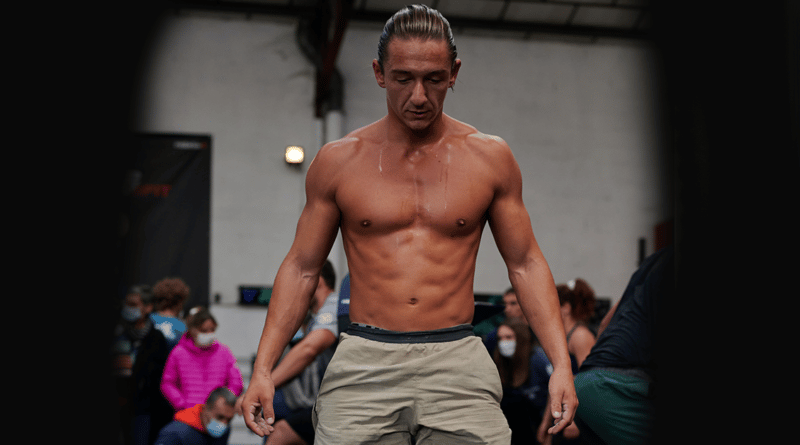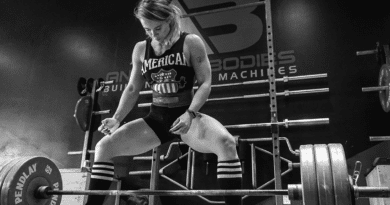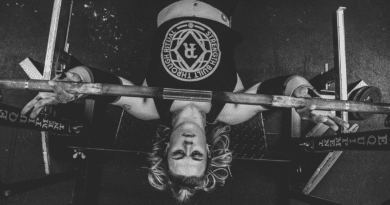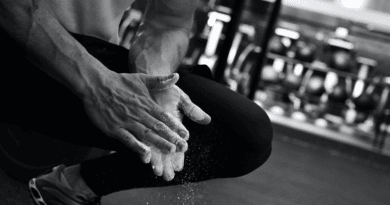4 Common Chest Training Mistakes
This article will help you avoid 4 common chest training mistakes that could be holding back your muscle and strength gains.
Common Chest Training Mistakes
Many gymgoers, despite having a strong bench press and decent general strength and musculature, often struggle to specifically grow their pectoral (chest) muscles.
This comes down to a selection of factors. Once you understand them then you can alleviate or destroy their impact completely.
- Common Chest Training Mistakes
- Mistake 1 – Bad Posture
- Mistake 2 – Not Aligning with the Chest Fibres
- Mistake 3 – Having a Poor Mind Muscle Connection
- Mistake 4 – Ego Lifting
- Muscles of the Chest
- Pectoralis Major
- Pectoralis Minor Muscles
- Subclavius Muscles
- Serratus Anterior Muscles
- Intercostal Muscles
- The Chest
- Conclusion – Common Chest Training Mistakes
Fix the following mistakes and I guarantee that you will feel your chest on fire during your next workout, and see your hypertrophy gains go through the roof.
Mistake 1 – Bad Posture
Many of us spend a great deal of time working on computers.
Whether you are a full time professional or a student, odds are you are required to clock in a lot of screen time every day.
Unfortunately, this can lead to time spent in a hunched over position. This starts to lock the body into this position and can cause problems when we enter the basic bench-pressing position.
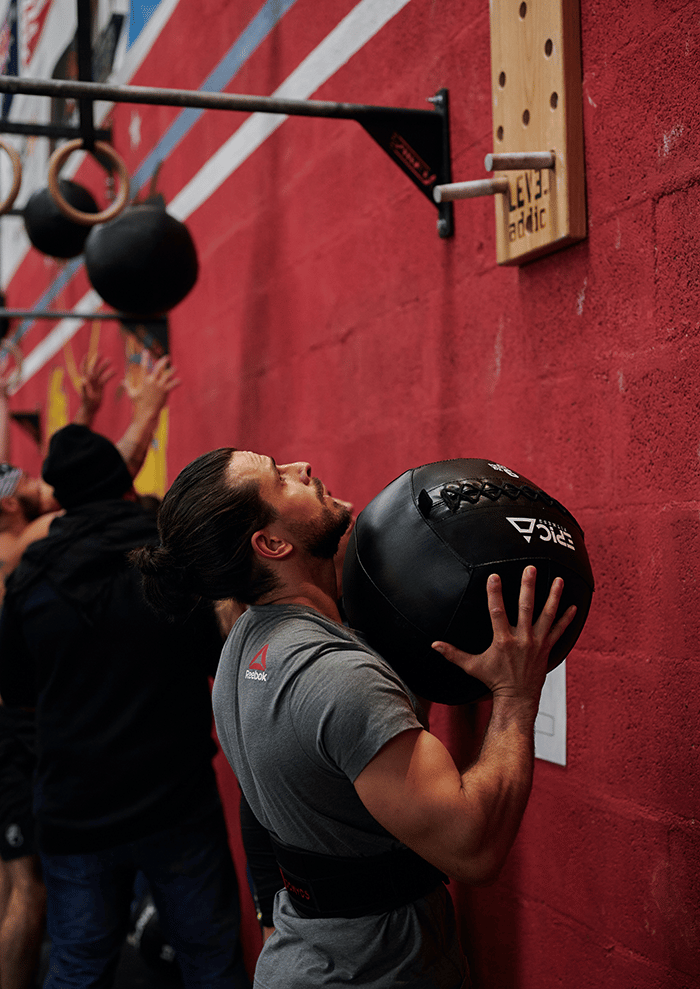
If you’re locked up in this position, when you press the bar upwards in a bench press, you’ll naturally be inclined to let your shoulders round forward and chest cave in as you push the weight up. The more that you let this happen, the greater the amount of tension that is shifted away from the chest and onto the shoulders.
Thankfully this can be fixed. There are two steps.
Step 1 – Fix Your Mobility
Work on your upper body, thoracic spine and shoulder mobility. This will help to open up your chest when you move. As a result, you’ll be better able to utilize your muscles in the first place during any pressing movements.
Step 2 – Shoulder Positioning
Bring your shoulders back and down when you press.
Keep the above cue in your mind every time you perform any chest based pressing movements.
Bring your shoulders down and away from your ears, and then retract your shoulder blades by pinching them together as if you had a pencil between them on your pressing movements.
Maintain this as you press, and your shoulders will stay pinned back and chest out, enabling your chest to now do the work. Focus mainly on maintaining this retracted position as you lower the weight down as well.
Mistake 2 – Not Aligning with the Chest Fibres
If you want to grow bigger pecs, your elbow angle should line up with the same direction of the majority of your chest fibres. This is generally an angle of around 45 to 60 degrees.
This sounds easy in practice, however many of us (including myself) have stronger shoulders and a weaker chest.
This means that our bodies are often unconsciously inclined to flare out the elbows as you press. Doing this transfers much of the pressure of the lift to the shoulders rather than the chest itself.
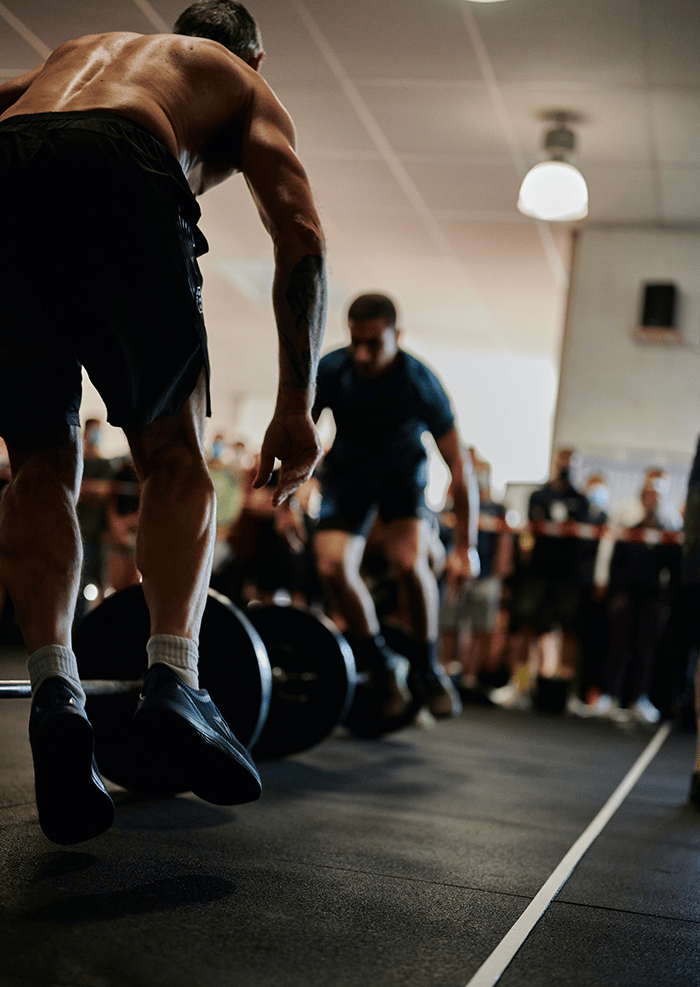
To minimize the odds of this happening, use a grip that’s about 1.5 times shoulder width apart.
When you bring the bar down during the eccentric portion of the lift, tuck your elbows into a roughly 45-degree angle.
Consciously make sure that your elbows DO NOT flare out. Drop the weight considerably if you have to.
The same principles apply for dumbbell presses and even push ups.
Mistake 3 – Having a Poor Mind Muscle Connection
By avoiding and rectifying the above points you will start to see results, however you must build on that foundation.
You can use the “mind muscle” connection to increase activation. Improving this will help you to “feel” and activate the muscles that you are trying to work.
A great way to do this for the barbell bench press is to stop thinking about pushing the weight away. Instead concentrate on pulling your arms together. This will significantly enhance the activation of your pecs.
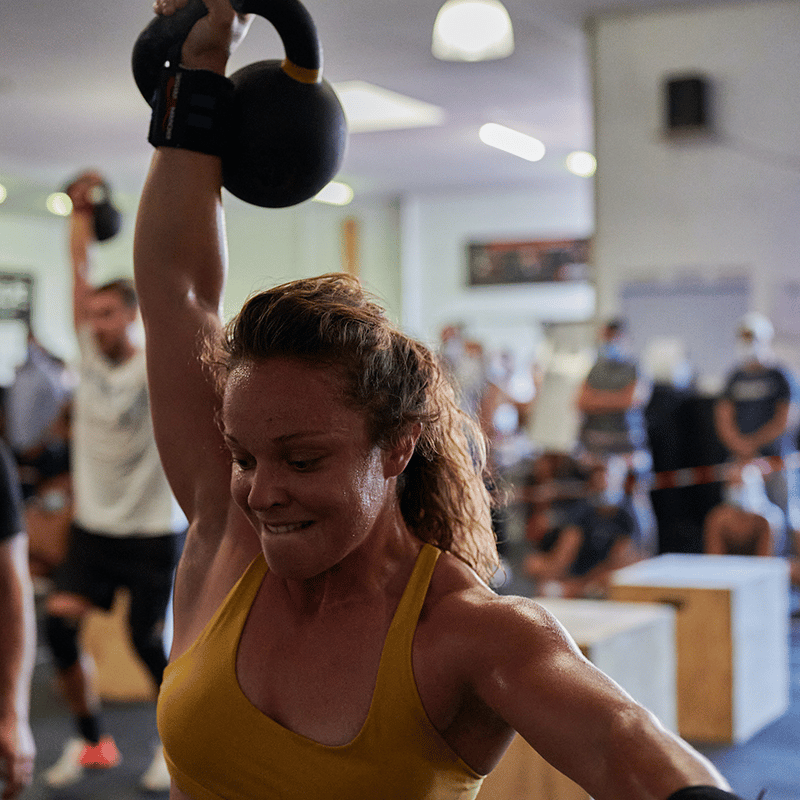
Try the following method from Jeremy Ethier.
“To re-enforce this, stand with one arm out to the side and the other holding your chest. Bring your shoulder blades down and pinched together like we talked about earlier. Now think about the following 2 points.”
“Point A at your biceps and point B at your inner pec. Use that pec to bring point A to point B while feeling that chest contract with your other hand.”
“Avoid letting your shoulder takeover by keeping your shoulder blades back. Once you start feeling that, try bending your arm as if you were pressing.”
“Apply this to all your pressing movements. Once this “clicks” for you you’ll feel the difference right away.”
Mistake 4 – Ego Lifting
The ego has a huge impact on lifters all around the world, especially when it comes to the bench press.
If you are dedicated to fixing your chest growth then it pays dividends to strip back the weight and start again with perfect form and less plates on the bar.
If you properly apply the tips and advice in this article you will find that you cannot (not yet) lift as much weight.
Since the chest is relatively weaker, it will take time to learn how to activate it properly, grow more muscle mass and build solid strength. Realise that now pressure is being placed in the proper areas.
Don’t let your ego make you fall back into bad habits. Compete against yourself and you will grow stronger and build a bigger, better chest.
Focus on quality every time.
Muscles of the Chest
The chest is a complex part of the body, made up of several muscles that control many different functions. The pectoralis major and minor muscles in particular help you breathe and operate, while other muscle groups help move your arms and upper body.
Pectoralis Major
The pectoralis major is a large muscle that covers the chest. It is divided into two parts: the sternal head and the clavicular head.
The sternal head originates on the anterior surface of the sternum and clavicle, while its counterpart starts on tendon of pectoralis minor muscle and coracoid process of scapula (shoulder blade). It inserts into medial lip of bicipital groove at humerus bone.
This muscle functions during flexion, adduction, abduction and rotation of shoulder joint when performing exercises such as bench presses or flyes.
Pectoralis Minor Muscles
The pectoralis minor is a small muscle located on the upper chest. It originates from the third to fifth ribs, and its insertion is at the coracoid process of your scapula (shoulder blade).
This muscle acts to pull your shoulder downward, so it’s important for maintaining good posture. The nerve supply comes from lower branches of C3-C5.
Subclavius Muscles
The subclavius muscles are located between the clavicle and first rib. The two subclavius muscles are named anteriorly and posteriorly, with the anterior one being smaller in size than its counterpart.
The subclavius muscle originates from a tubercle on the lateral part of your shoulder blade (scapula). It runs obliquely across your chest to insert into your first rib at an angle close to 90 degrees with the direction of pull.
The main function of this muscle is to lift up or depress your collarbone when you shrug or raise your shoulders.
Another important function it performs is rotating your scapula slightly forward and downward when you rotate your arm inward toward your body, such as during a golf swing or a serve in a tennis match.
Serratus Anterior Muscles
The serratus anterior muscles are located on the sides of your chest. These muscles are a sheet of muscle that covers your ribs and are occasionally referred to as the boxer’s muscle.
The serratus anterior is involved in many movements, including throwing a punch, swimming, and lifting weights.
This muscle allows you to raise or lower your shoulders when breathing deeply, which expands your ribcage to take in more air. The serratus anterior also helps stabilize your scapula (shoulder blade) by preventing it from moving too far forward or backward when you lift something heavy overhead.
Intercostal Muscles
The intercostal muscles are located between the ribs and help to expand the chest cavity. They are involved in breathing, which is why they can sometimes be strained when you’re sick or have a cold.
The Chest
The chest is made up of many strong muscles that help us breathe, move our arms and perform other functions.
The pectoralis major and pectoralis minor are two of the most important muscles in the chest.
The pectoralis major has three parts: sternocostalis, clavicular and sternal. This large muscle covers several ribs on each side of your torso from just below your armpit to just above your waistline. It makes up part of both your upper back and front chest wall (pectus).
The pectoralis minor is a smaller but important muscle that runs between ribs 3 to 5 on each side of your body, helping stabilize them when you lift something heavy or otherwise strain them by pushing against resistance with one arm at a time.
Conclusion – Common Chest Training Mistakes
The chest is a large part of our body that has many important functions. The muscles of the chest can help us breathe and move our arms during everyday activities such as lifting or pushing something heavy.
Make sure that you are not making any of the above mistakes when it comes to training your chest.

